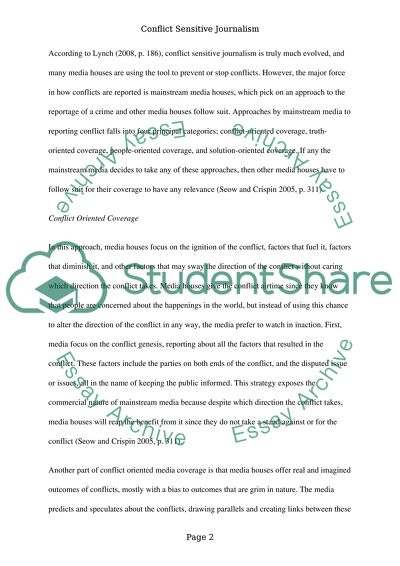Cite this document
(“How does the mainstream practice of journalism influence how conflict Essay”, n.d.)
How does the mainstream practice of journalism influence how conflict Essay. Retrieved from https://studentshare.org/journalism-communication/1442403-how-does-the-mainstream-practice-of-journalism
How does the mainstream practice of journalism influence how conflict Essay. Retrieved from https://studentshare.org/journalism-communication/1442403-how-does-the-mainstream-practice-of-journalism
(How Does the Mainstream Practice of Journalism Influence How Conflict Essay)
How Does the Mainstream Practice of Journalism Influence How Conflict Essay. https://studentshare.org/journalism-communication/1442403-how-does-the-mainstream-practice-of-journalism.
How Does the Mainstream Practice of Journalism Influence How Conflict Essay. https://studentshare.org/journalism-communication/1442403-how-does-the-mainstream-practice-of-journalism.
“How Does the Mainstream Practice of Journalism Influence How Conflict Essay”, n.d. https://studentshare.org/journalism-communication/1442403-how-does-the-mainstream-practice-of-journalism.


